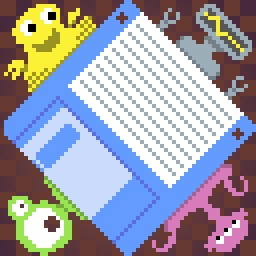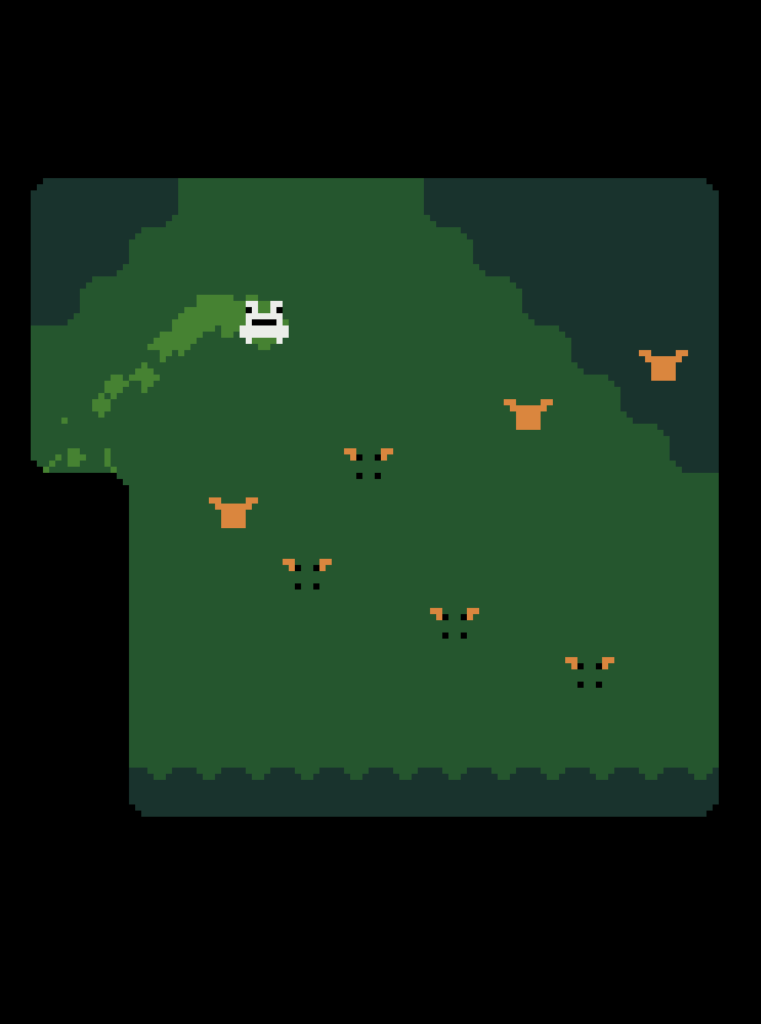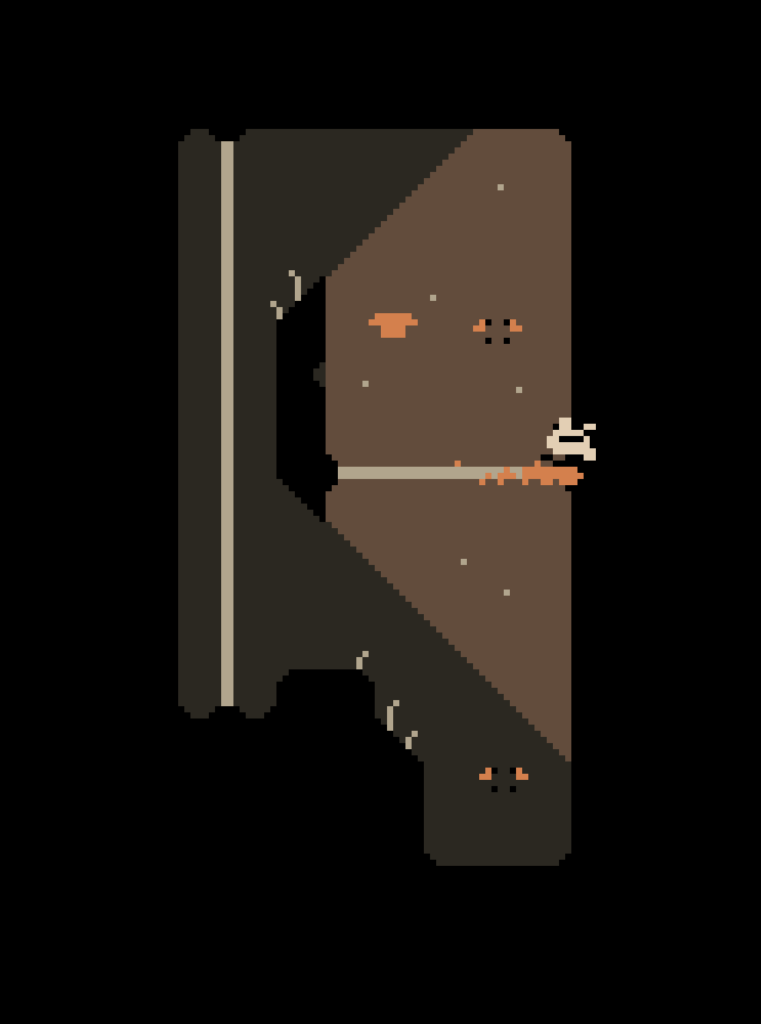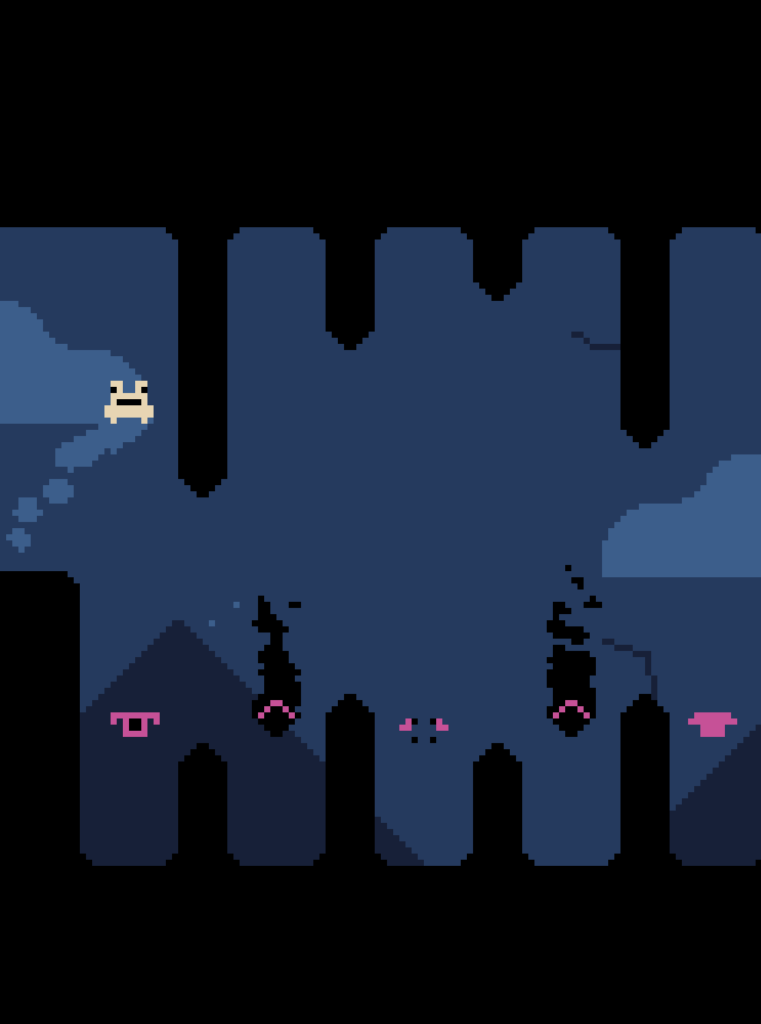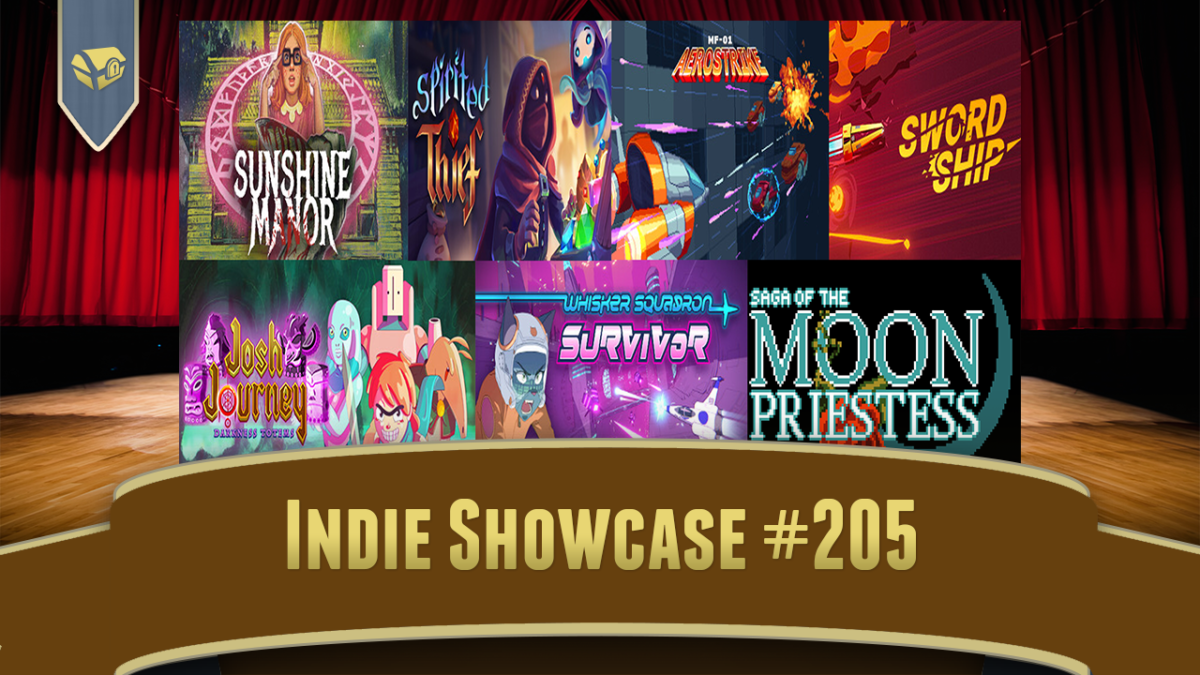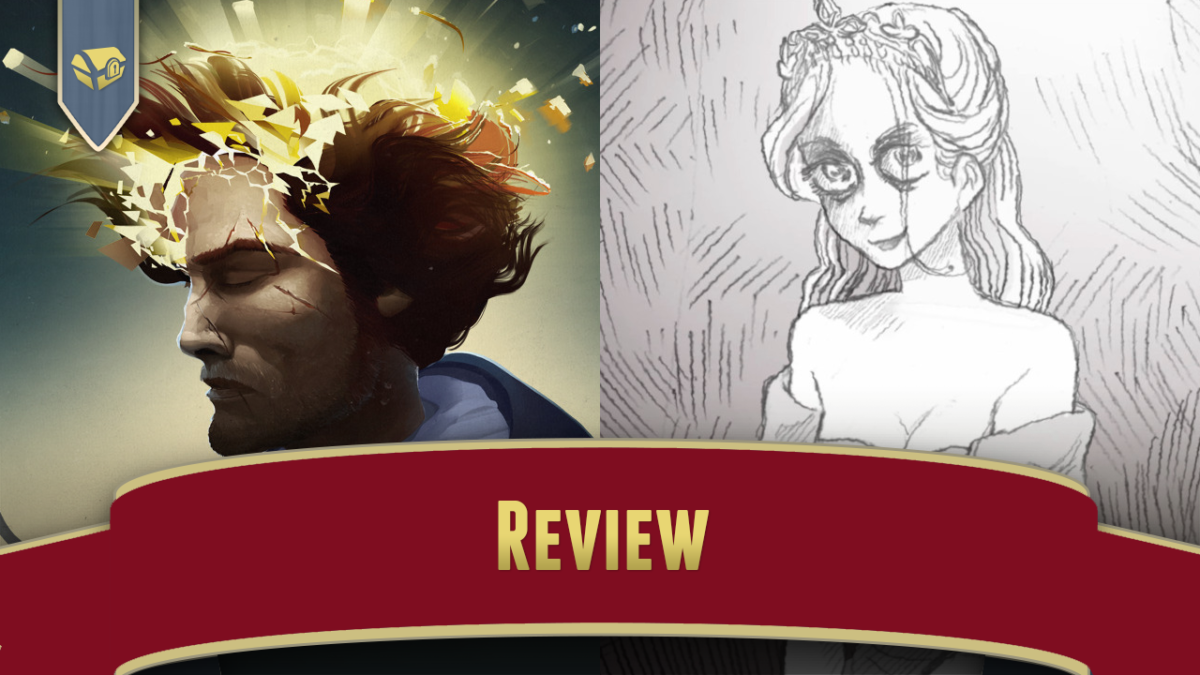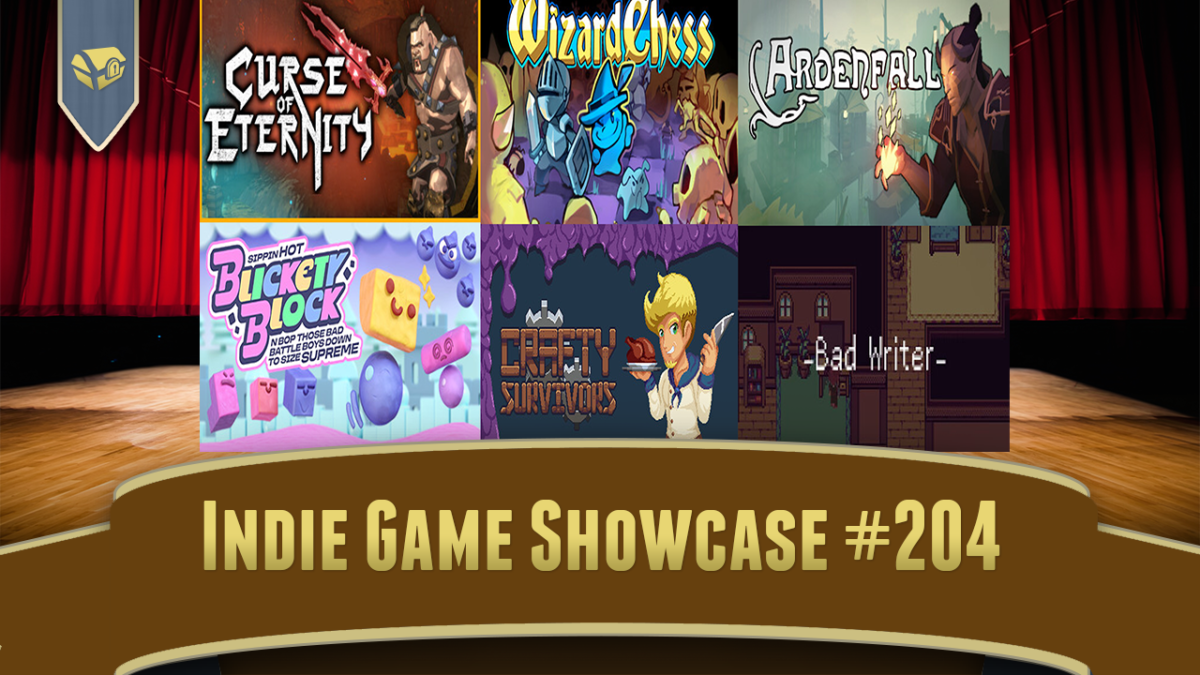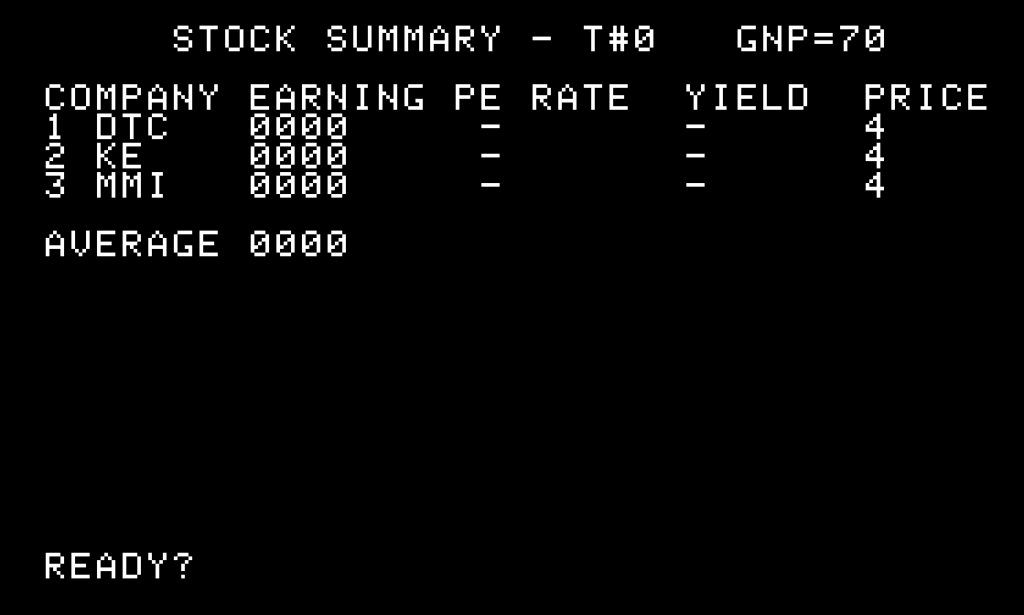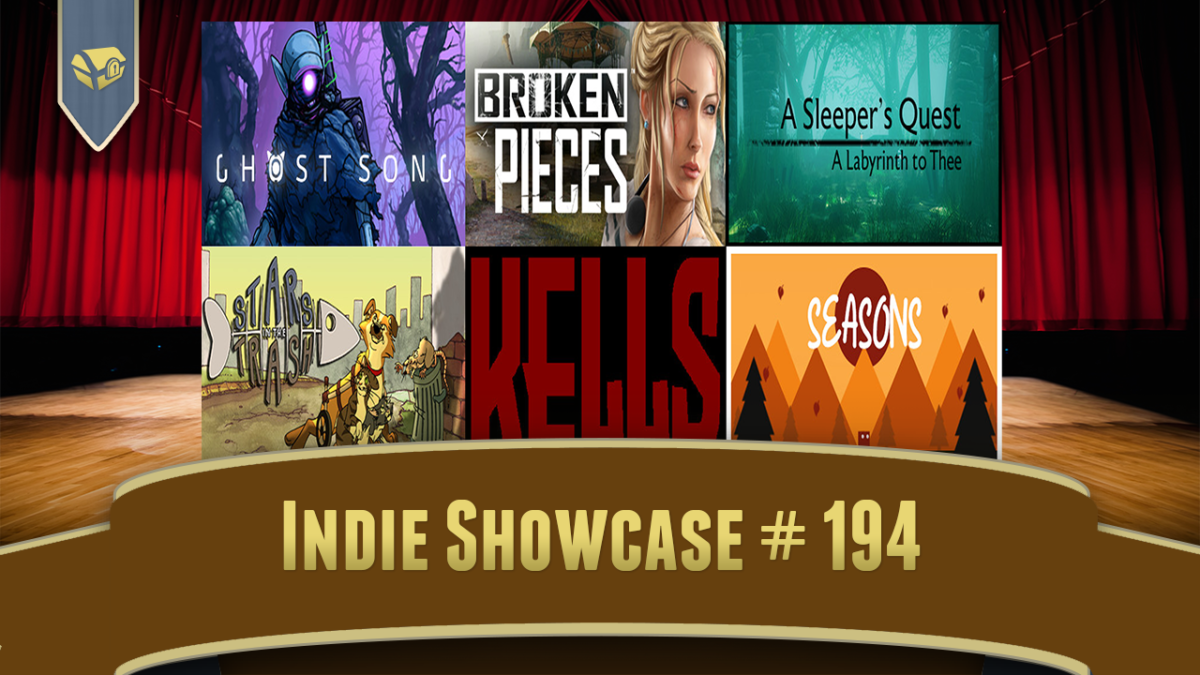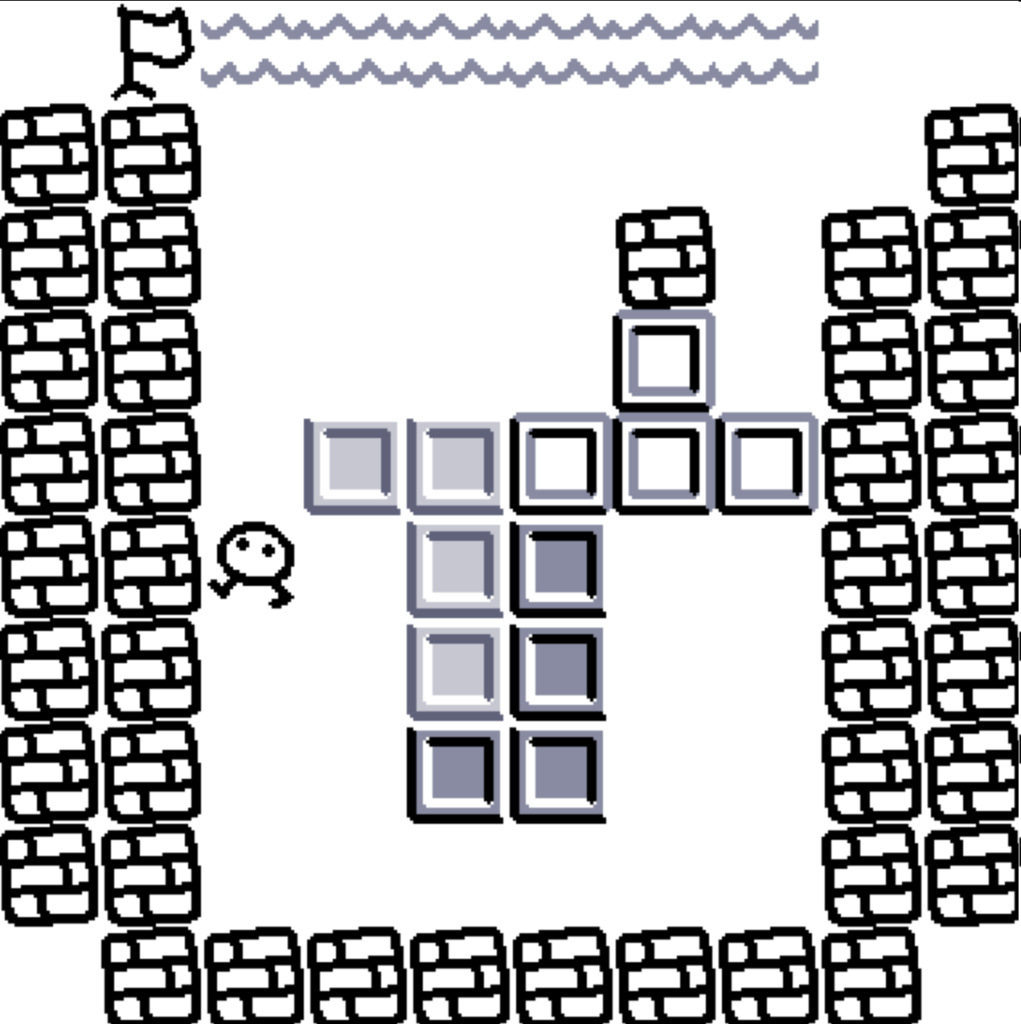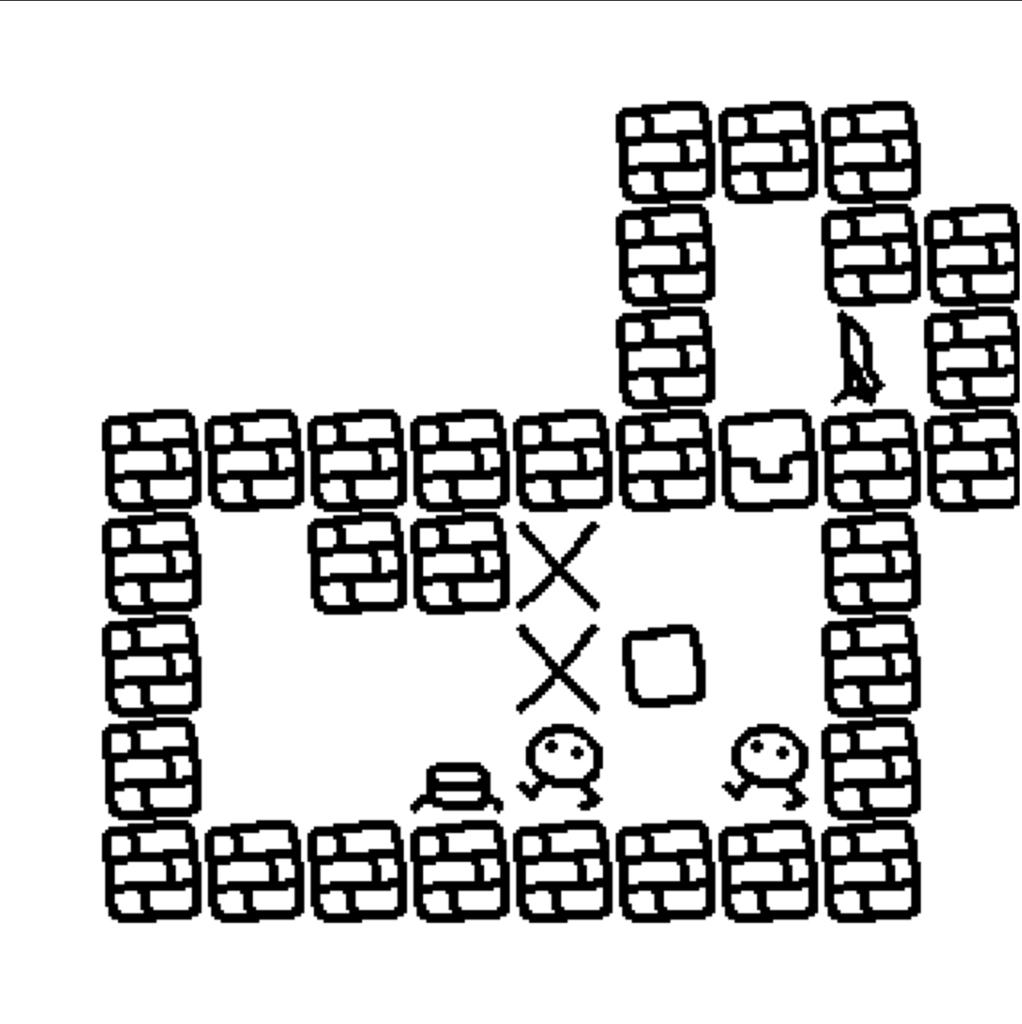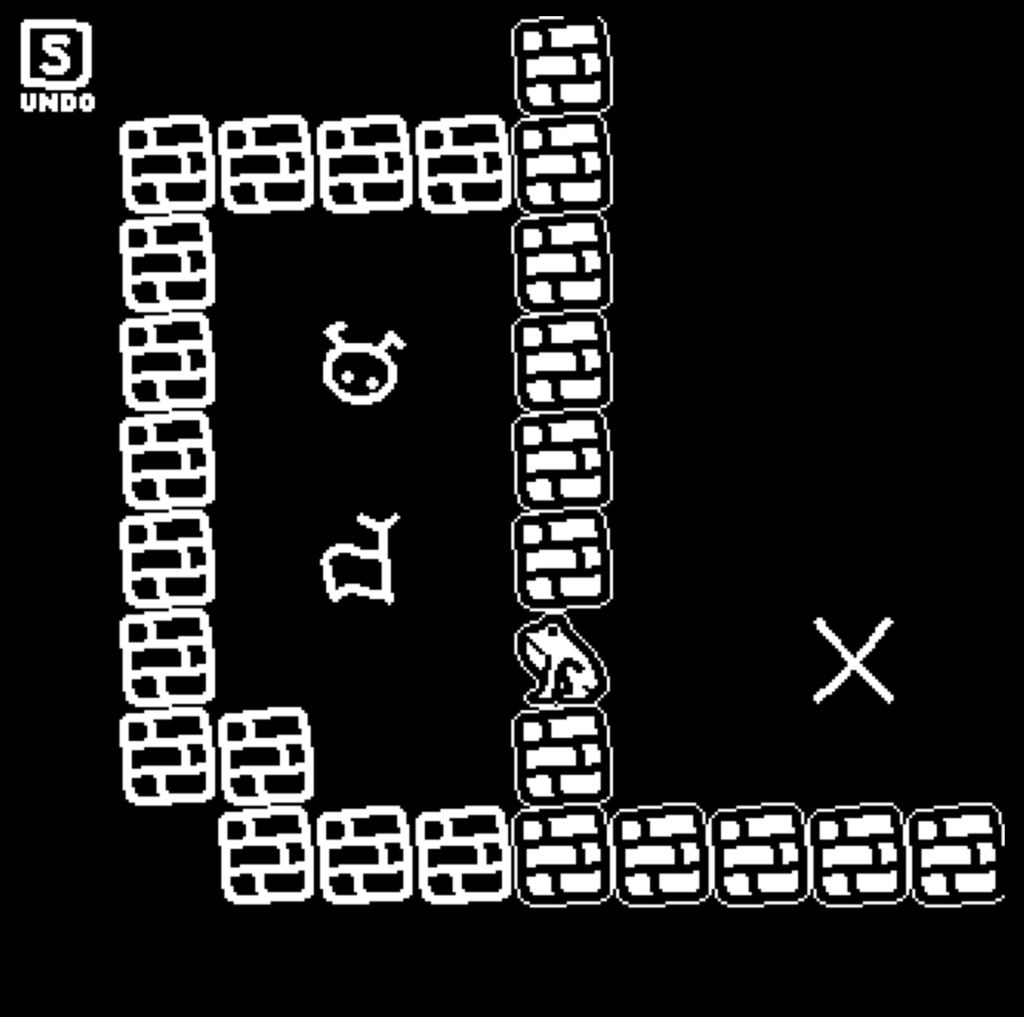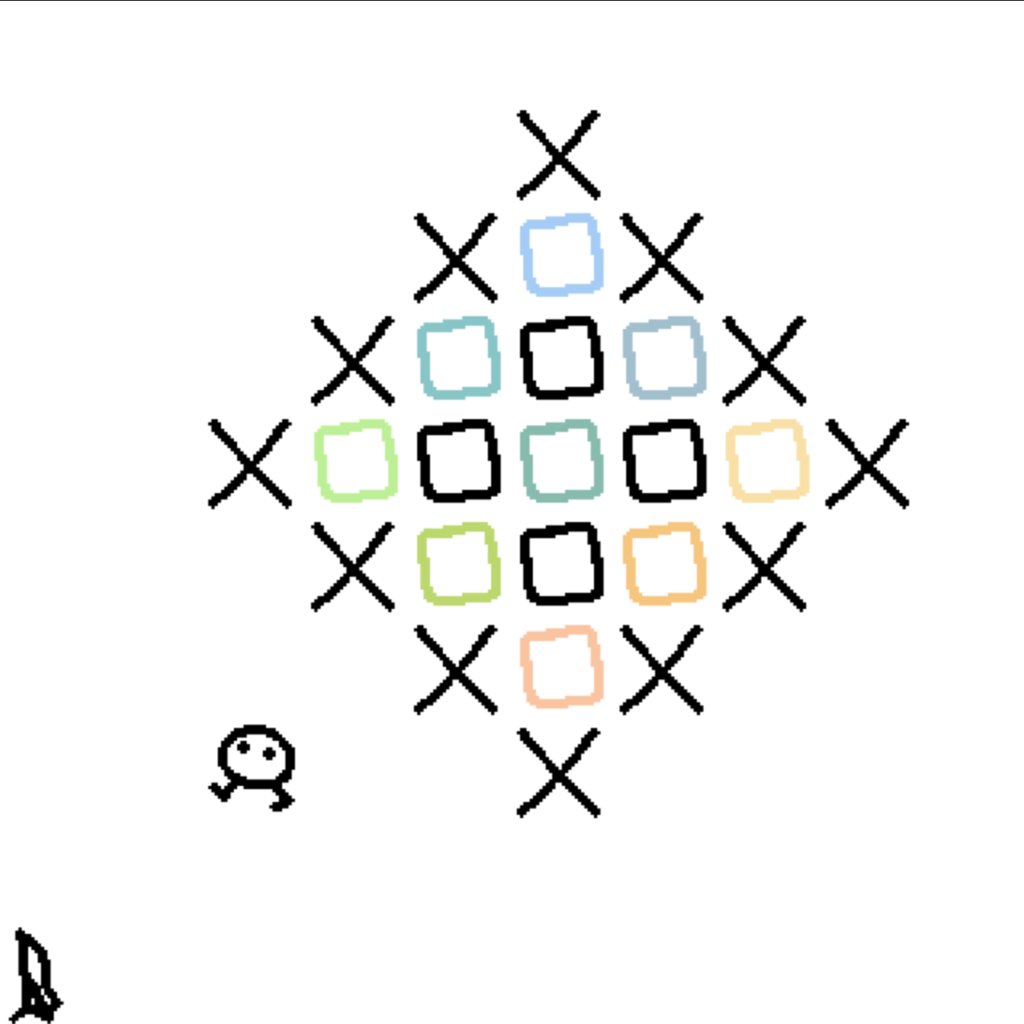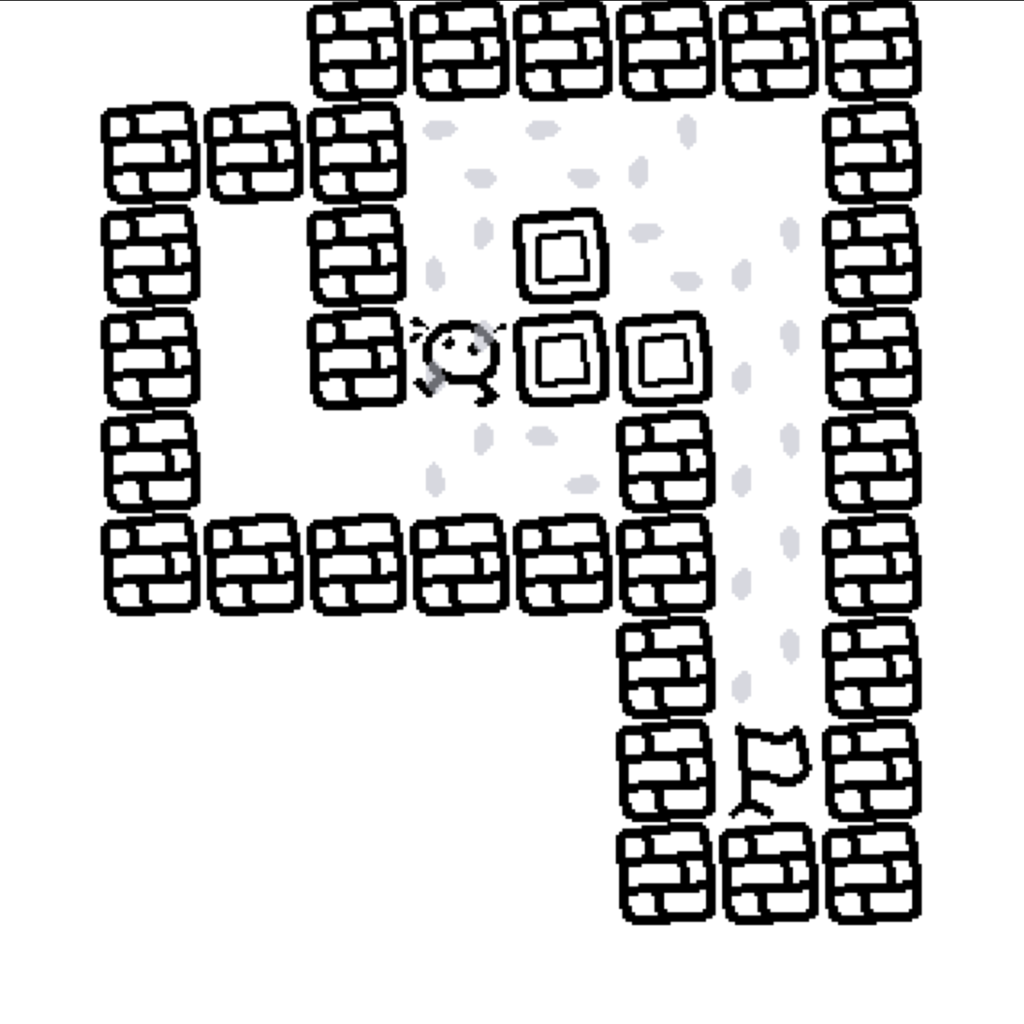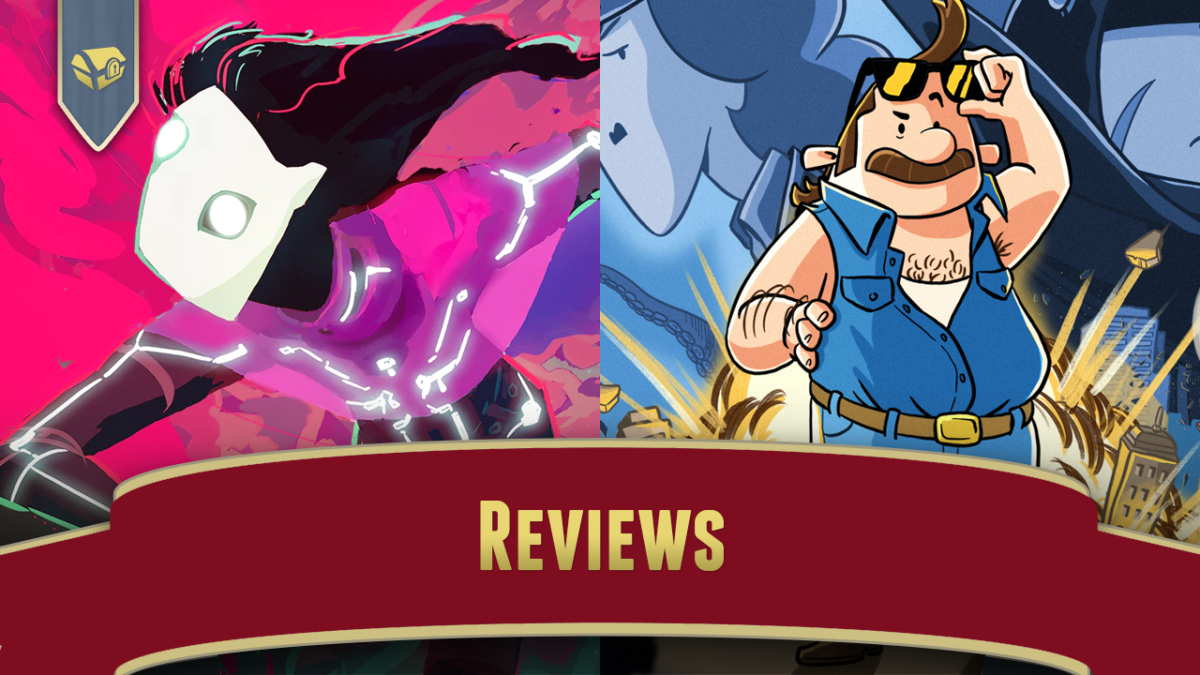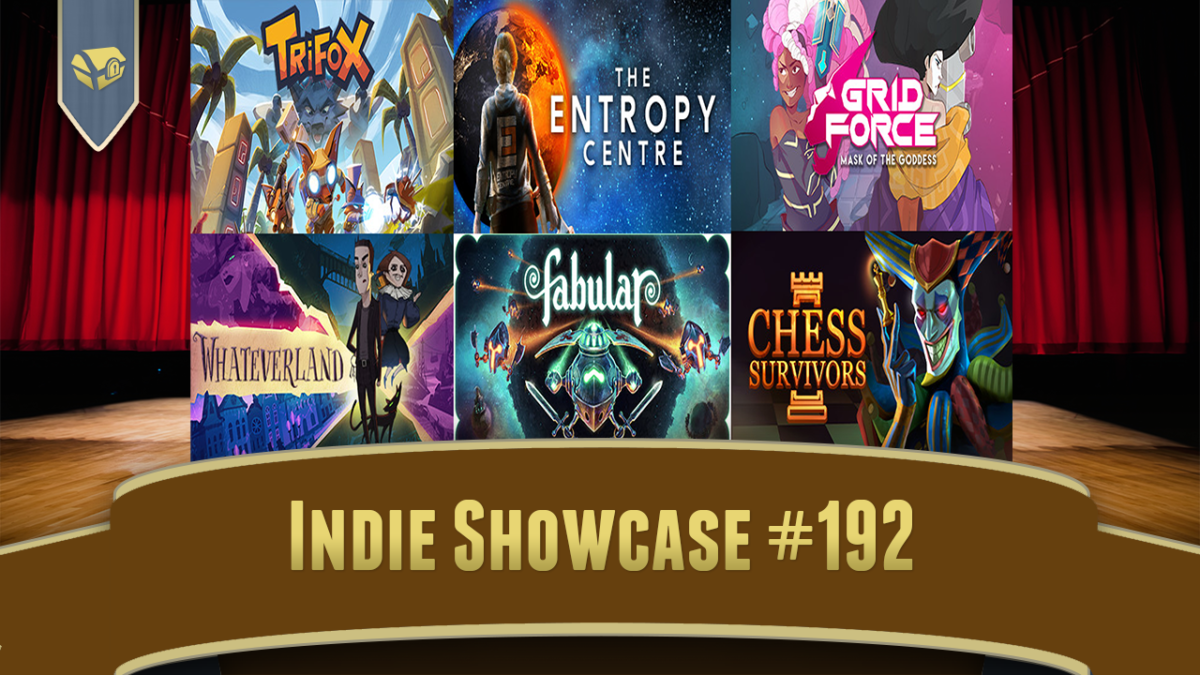Well, it looks like another Nintendo Direct has come and gone. Coverage of current-day Nintendo things lies at the very edge of our tripartite purview, that of Retro, Indie and Niche, but in a way they are part of all three. Retro and Niche should be obvious; Indie, not nearly so much, but Nintendo is the least beholden of the three great console makers to the winds of trend, and even with their billions and billions of dollars they still at times manage to surface their long-held toymaker mindset. (At least, if you’re talking about game design. When it comes to throwing around their legal weight they’re the most corporate, the Disney of gaming.)
Well I’m not going to fight it. Here is my impression of every ever-lovin’ game presented in yesterday’s Nintendo Direct. Tomorrow I’ll get back to writing about random itch.io things, or Youtube videos about obscure arcade game. Those sound like something I’d do.
Here is the whole Nintendamn video, at 43 minutes loooong:
Overall: I really miss the days when Reggie Fils-Amie, Shigeru Miyamoto and, especially, Satoru Iwata would present these. Remember the time they had puppets represent everyone? Those three had chemistry. I still can’t say I approve of the reading of the narrator, who, nothing against him personally, is set at Smarm Level S.
So, the games. Titles link to the upload of just that part of the presentation on Nintendo’s Youtube account.
Mario & Luigi: Brothership. The series that bankrupted Alphadream, brought back to life. We don’t yet know if it’s a Nintendo in-house production or if another company’s making it, nor do we know if any Alphadream employees are working on it. Destructoid wonders about that too. I hope they get some credit for it, in some way.
Nintendo World Championships: NES Edition. News of this was leaked a bit early. It looks to be of similar lineage to the NES Remix games on 3DS and WiiU. It’s weird to see Nintendo embrace speedrunning, considering that that entire community was enabled and greatly furthered by emulation, but I guess if there’s money involved corporate qualms shall be set aside.
Fairy Tale 2. I barely know what this is, and I hate to tell you this, but I don’t care about you enough to go find out. It’s okay, we can still be friends.
I know it’s based off of an anime. I find it hilarious that the first words said in the trailer are “Let’s go, Happy!” Speaking of, the slogan of Koei-Tecmo now appears to be “Level up your happiness.” I have never lost my disdain for the engrish phrase “level up.” I dislike it nearly as much as “getting a Game Over.” That how I feel, it’s because I’m right, and the Great Trash Heap has spoken. Nyaaah!
FANTASIAN Neo Dimension. “From Final Fantasy series creator Hironobu Sakaguchi, and composer Nobuo Uematsu.” And from Square-Enix, natch. Maybe I’m just old (51 now) but sometimes I see a trailer for a JRPG and I just start to get a migrane. The plot has to do with restoring memories, which is like the plot of more than half of all JRPGs for the last thirty years. Someday there’ll be a JRPG plot where everyone knows who they are and is in complete control of their faculties for the entire story and it’ll be a frogdamn sensation. I haven’t even started on how it seems to be about a bunch of teenagers trying to kill God again. But I’ll say this for it: it makes unironic use of the word DIMENGEON, so I can’t hate it all that much.
Nintendo Sports SWITCH. The Switch successor to the incredibly popular Wii Sports tends to get forgotten about, but it’s still kicking… and swinging, and bowling, and now is getting a new sport in Basketball. So, now Miis can dunk. Setting all of that aside: what the hell is Spocco Square? Is it their version of (ugh) Wuhu Island?
MIO: Memories in Orbit. Nothing much to say. It seems to be an exploratory platformer where you play the part of a humanoid variation of a GLaDOS core. They don’t say anything about it in the trailer either, so I am absolved.
Disney Illusion Island update. The update is free, and it launched the day of the Direct. I also don’t know much about Illusion Island, but Mickey looks like a goofus, and I love it for that.
Hello Kitty Island Adventure. More often than you’d think, a Hello Kitty game comes out and it’s unexpectedly good, and this may be one more for that notable pile. It looks like it might be worth it for the customizable Sanrio character creator all by itself. Hello Kitty has long been the butt for a certain irascible breed of internet funnyperson. The Brunching Shuttlecocks once suggested the creation of a Sanrio fighting game called Hello Kitty, Goodbye Teeth. “She has no mouth, and she must pummel!” I’m still trying to round up enough figures to field a Hello Kitty 40K army.
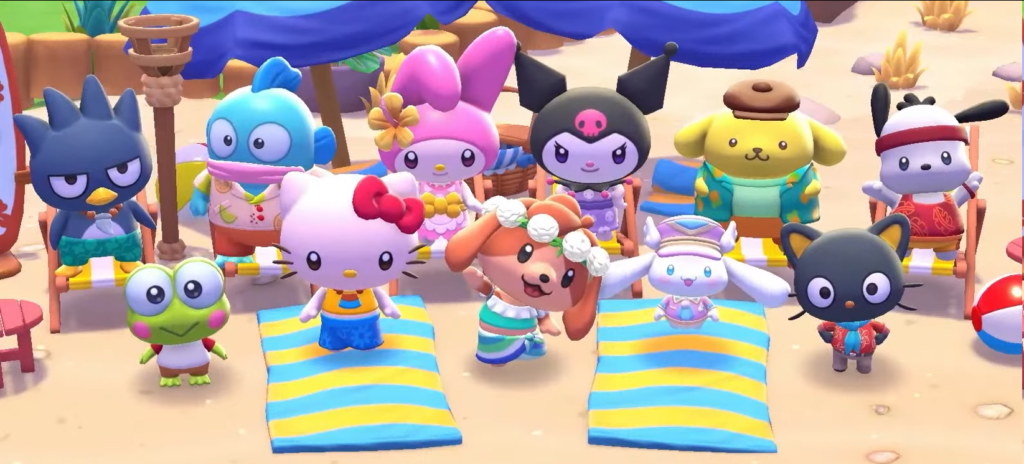
Looney Tunes: Wacky World of Sports. On the other hand, I have absolutely no faith that this will even live on the same continent as good. Kids these days barely know what they missed, and probably think of Bugs Bunny as Michael Jordan’s sidekick (or even LeBron James’, because we live in hell). When me and my decrepit ilk roamed the wastes, Bugs Bunny and friends, still the best cartoons ever made and I will fight you on that, were on the air constantly. Now you have to go to MeTV Toons to find them, and you definitely should find them.
You probably should not find this game. I’m almost prepared to lay money on Bugs Bunny’s face on the box, if it gets a physical release at all, having American Kirby-Style Angry Eyes. Like Mickey and Donald got when they played Soccer, Basketball, Football, went Skateboarding and rode Motocross. (But not, strangely, when they played Golf.)

Anyway, so the trailer’s lead character is Lola Bunny, the one who was created for Space Jam, and that tells you nearly everything. I am prepared to admit, though, that it was good thinking to tape the tennis racket to the Road Runner’s wing. Attention to detail right there.
Among Us update. I refuse to comment.
Farmagia. Urp, another anime JRPG, every Nintendo Direct’s like half this stuff by weight. There’s so many of these games to get through and not enough to say about them. In the game’s lore the word Farmagia is the name of a profession, but it seems to be a synonym for Pokemon Trainer.
Donkey Kong Country Returns HD. Or, Donkey Kong Country Returns Returns. It’s been so long that the reboots of the reboots are being remade.
Dragon Quest III HD-2D. Ah! This looks interesting, Dragon Quest III was always the best of the early DQ titles, allowing you to actually create the characters for your party and run with a team of three Goof-Offs if you want, who cares if it makes your group insufferable and you doom the world, you do you. Instead of making it in the more recent style pioneered with Dragon Quest VIII, they’re using the Octopath Traveler engine, which looks like a great fit for it. Also announced are remakes of the first two games, in that same style, next year. It’s only a matter of time before the Famicom/NES Final Fantasy games get the same treatment, I’m sure.
The clip ends with Yuji Horii himself greeting the viewer, dopey haircut and all, and I say that with immense love. I’m happy that the same guy who designed the original Dragon Quest (and also the Portopia Serial Murder Mystery), who went to California to that early Apple II demo and saw Wizardry and Ultima there, is still helming the series after so long. I really think it shines through and makes Dragon Quest a special thing.
Richard Gariott doesn’t make Ultima games any more, since Electronic Arts keeps it and a great swath of other classic computer IP locked up. Andrew Woodhead and Robert Greenberg haven’t worked on Wizardry for decades, and Sir-Tech is long long gone. All of those missing creators is a huge shame, but Yuji Horii’s still at it, and we should all be grateful. Of course, it’s all possible because of Dragon Quest’s gigantic cultural influence in Japan. That influence is also why there’s so many anime series that adopt video game conventions without questioning them, and I can’t say I much approve of that, but I never said it was a bad thing I’m not in charge of the world.
I notice they’re still calling Loto “Erdrick” in Western territories. Dost thine other characters continue to speakest Elizabethan English also? Dost thou carest?
Funko Fusion. You know the thing about Funko Pops… they’s got dead eyes. At least these plastic monstrosities, being visual only, won’t be cluttering up the planet in a century. The whole gimmick of this game is that it’s a huge crossover of a long list of properties. Didn’t we already see that with Lego Dimensions? Are they still making movie-based Lego games?
The trailer puts a lot of focus on Freddy Fazbear’s Pop.
I’m not even halfway through the video yet! Let’s shift this recap into high gear.
Luigi’s Mansion 2 HD. Had been announced before. Multiple mansions, no Gooigi.
The New Denpa Men. The what now? Ah, was a 3DS game where you collect funky little guys with heads like the Prince of All Cosmos and have them fight in dungeons. I’m interested.
Metal Slug Attack Reloaded. Don’t get your hopes up, it’s a remake of a mobile game that only uses the aesthetics of the arcade classics. It’s got the animation of the games but tower defense gameplay. Tower defense games are not anywhere near as popular as they used to be, but I still scoff at them, scoff scoff, and I bristle when I hear someone describe my beloved Rampart as a tower defense game.
Darkest Dungeon II. I’ll be honest, I’ve never played either of the Darkest Dungeon games. You’d think I’d be all over them, like pretty on something that isn’t an ape, but no. There’s so many games that get made and nowhere enough time to play them all. I feel bad about it too. The trailer narrator tells us, with the most ominous tones they can muster through all the smarm, that your group must avert an apocalypse, but looking at the world they’re traveling through I think it might have already happened.
Nintendo Switch Online Expansion Pack new games. The Legend of Zelda: A Link to the Past: Four Swords: Colon Confusion. (It’s good.) Metroid Zero Mission. (It’s GREAT.) Turok: Dinosaur Hunter. (Who owns the rights to Acclaim’s output now?) And Perfect Dark. (probably a result of the deal that brought Banjo-Kazooie and Goldeneye 007 to Switch). Perfect Dark even gets online multiplayer. It’s time for a new generation of players to learn to curse the Farsight.
Phantom Brave: The Lost Hero. Nippon Ichi, so probably a lot of fun. I’m just now halfway through the video.
Marvel vs Capcom Fighting Collection: Arcade Classics. I am not a fan of fighting games generally. I think the fighting game boom, while it resulted in a burst of popularity for arcades, by greatly diminishing the styles of games that could be popular, ultimately resulted in their downfall. And I’ve never even played a MvC game. But I’m still kind of interested in this. Capcom’s crossover fighters are the ultimate inspiration for the Smash Bros games, after all. A lot of people will be pleased to see this. Among all those fighting games, sticking out like a sore gun, is The Punisher, a lone belt brawler.
Super Mario Party Jamboree. I guess they’ve abandoned the numbering system for good. It was getting silly after 10 numbered games. I wonder who makes these now that Konami owns Hudson Soft. It features online play for up to 20 players at once! With 110 minigames, it looks like ZoomZike‘s gonna have his luck cut out for him on this one.
The Legend of Zelda: Echoes of Wisdom. THIS is the one the internet’s been abuzz about, even making it over to my other internet home at Metafilter. Why? Because ZELDA’S FINALLY PLAYABLE BABY! Not as an animate statue or in a romhack or in a weird CD-i game but as the genuine bonafide protagonist in a Nintendo-made title! What is more, it’s not a game in the Breath of the Wild style, a gigantic non-linear exploratory monsterpiece. It seems to signify that Nintendo thinks there’s room for both styles in new games. And it’s also made with the HD Link’s Awakening engine, which looked great! Even the gameplay looks really interesting. Zelda isn’t a traditional sword-wielder, but instead has a magic wand that can duplicate lots of different things, including enemies that will fight for her. I think people were hoping for a warrior Zelda, but I appreciate that they didn’t want to just make her Link but with breasts. (Isn’t that Linkle is supposed to be, anyway?)
There was also announced a new Switch system design to celebrate the game. As DoctorFedora on MeFi said, it seems odd to announce a new design when the Switch’s successor is supposed to come out only next year, but Zelda merch tends to be evergreen anyway.
Just Dance 2025. While I’m still sad that they aren’t still making Wii versions of Just Dance. The last Wii version was made in 2020; the line for WiiU didn’t even make it past 2019. The first Just Dance was a Wii game made in 2009, meaning there’s eleven Wii versions of Just Dance, released over that many years. They stopped making the Wii in 2013! But besides that, I don’t have a whole lot else to say about Just Dance.
LEGO Horizon Adventures. Before, they’d make Lego games that crossed over with movies; now, they make them crossing over with other games. You could always count on Lego to provide a cheeky irreverent take on whatever property they crossed with. While the gameplay is usually simple and kid-friendly, there were a lot of jokes for the adults playing along with them to get. I don’t know if that continues with the newer games, but I really hope it does.
Stray. Ah, the kittycat game. Everyone knows about this one, even me, although my tastes run more towards Little Kitty Big City. (A Q&A with its makers that I did should be up on Game Developer before long! Another fun cat game I did a Q&A about is Gato Roboto!) Even after the end of humankind, cats will still be knocking things off of shelves, and I’m certain that cats will outlive us. I’m not sure about dogs though.
Tales of the Shire: A The Lord of the Rings™ Game. This The Lord of the Rings™ game promise to be the enjoyable! Let us the all obtain the game when the it come out! Shall provide many time of the joy! Switch fun to have the entertainment when the play on TV occur! What the happy shall be!
How did that title even happen? And of course Nintendo’s promotional materials will all faithfully copy that extraneous The, because The Title of the Property is The Lord of The Rings™, and it MUST BE OBEYED, or else face the wrath of Melkor who is Morgoth.
I’d be done with this recap by now if I didn’t keep embarking on these cockamamie digressions, but they’re too fun to pass up. Trailer observations the now!
Everyone remembers the perfectly round doors that Hobbit dwellings have. But how many renditions of Middle Earth remember the doorknob in the center of the door? And how many remember that Bilbo’s ancestor Bullroarer invented golf, the sport with the power to quell even Mickey Mouse’s rage?
The promise of the trailer is that the game will let people experience life as a Hobbit. Was there ever a great demand for that? Most Hobbits, like Bilbo’s cousins the Sackville-Bagginses, were pretty insular and conservative. They’d probably have voted Tory. Bilbo and Frodo were exceptions, because of the fairy blood in their lineage from Bullroarer’s wife. Yes it’s true, I know Middle Earth lore, but, ah-ha, I never pretended to be cool! Bright blue my jacket is, and my boots are yellow!
Continuing the trailer, wow they’re really into this Hobbit home life thing. It’s essentially Halfling Crossing. No adventures at all. Nasty things, they make you late for dinner! The last shot of the game has Gandalf in it, so I guess the Wider World does factor in slightly, but it still doesn’t look like you get to do any burgling.
Ace Attorney Investigations Collection. The trailer itself notes that one of the two games in this package was never localized. I wonder if anyone’s gotten a distorted view of the legal profession from the Ace Attorney games? Phoenix Wright and his cohort spend a lot of time tracking down clues themselves, instead of brainstorming ways to restrict what young people do, which the media tells me is the common objective of all lawyers.
The Ace Attorney series is beloved by a lot of people. Like me, I am part of that lot. I still remember fondly the time when Phoenix called a parrot to the witness stand. Even sidekick Maya Fey, the girl who claimed to have two stomachs, was a bit worried about that one. That moment isn’t one from these games, but I’m sure there’ll be plenty of other instances. And these games star Miles Edgeworth, fan favorite yet also the most stuck-up person theoretically possible to exist. I want to see him call a parrot to the witness stand. Make it happen Capcom!
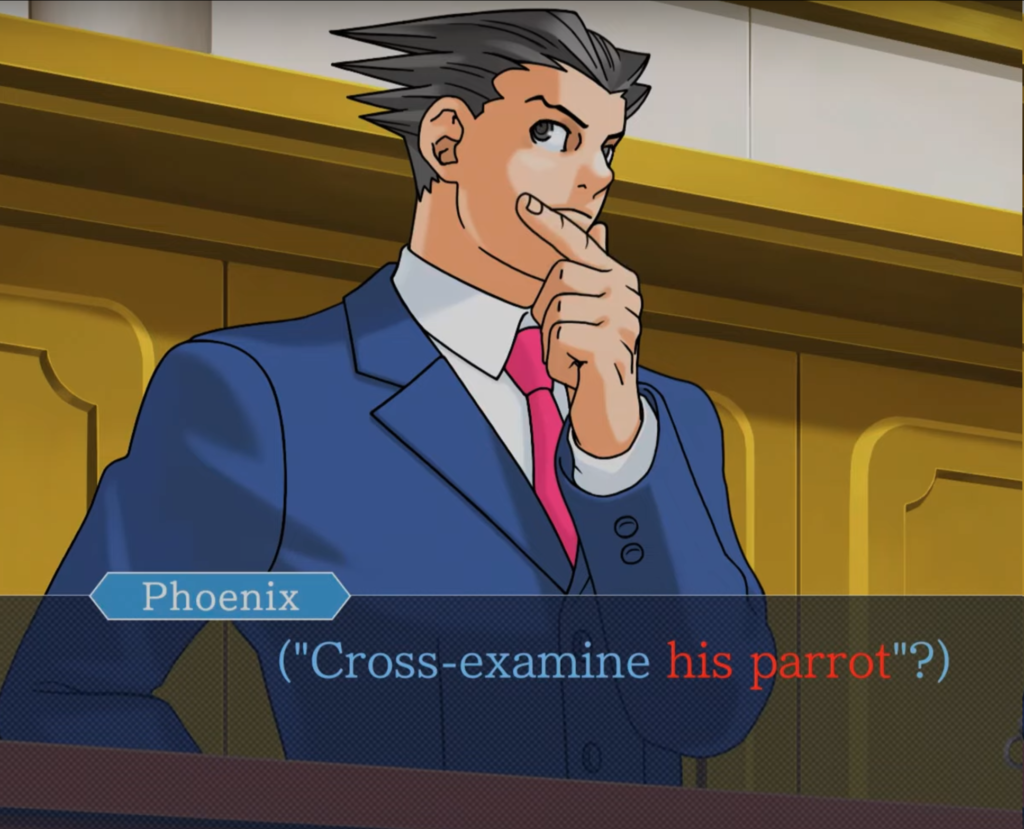
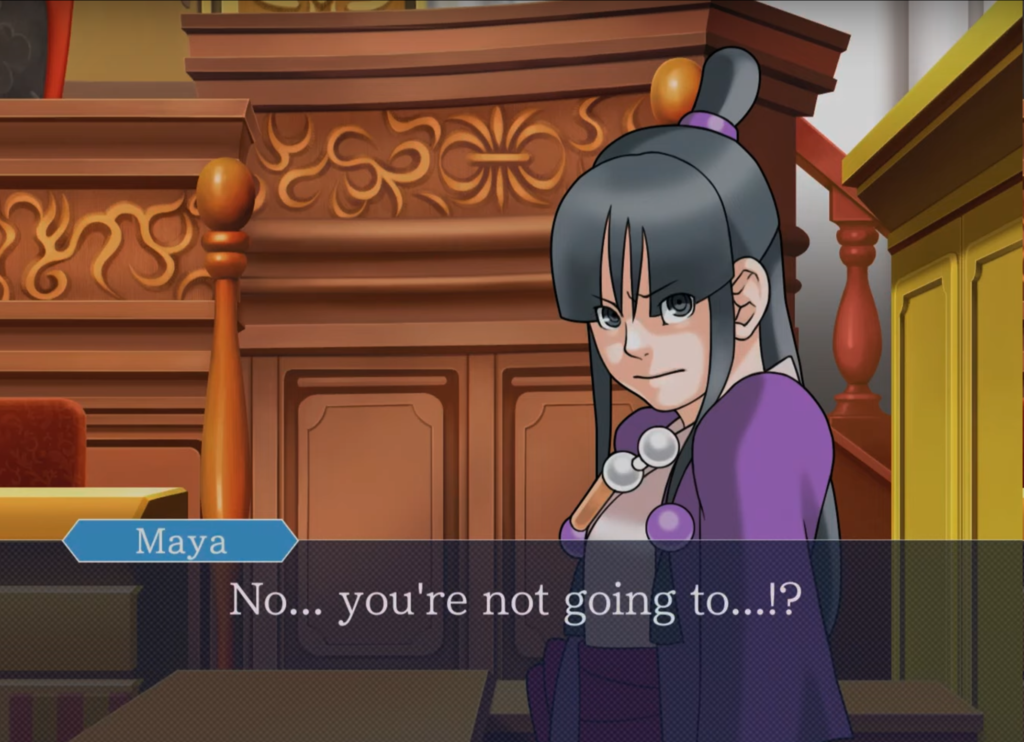
The Hundred Line: Last Defense Academy. The trailer opens with two anime highschoolers walking together. The boy has weird colored eyes, like many anime protagonists. The girl has an incredibly short skirt, like many anime girls. It’s gotta be a JRPG.
Then the screen flips to a flaming hellscape! Caused by oddly cute and colorful monsters! I knew it, it was only a matter of time: the Pokemon are fed up and taking over.
The narrator then tells us how Takumi Sumino’s life got turned upside-down. He’d like us to take a minute, to just sit right there, and listen to how he became the prince of a place called Bel-Air.
“A mysterious school mascot suddenly appears.”
…
I am having to fight the strong urge to just close the browser window now. I have to note that this trailer is being played straight. It sounds like the silliest thing on Planet Earth, but the cutscene doesn’t realize it.
As the trailer continues with its story about cute blob monsters attacking a school that the protag must enroll in, it becomes clear this game is
- a high school-based time management sim like Persona, and probably also a dating sim,
- that has grid-based tactical combat, and
- has permadeath. Choice quote, spoken by a student in the game: “That was the first time I ever saw a person die….”
It’s like they found a second solution to the anti-life equations that led to Tokyo Mirage Sessions #FE.
I am somewhat joking here. Why? Because it’s easy. I could probably rewrite this whole recap and the jokes would be completely different. But all of these crazy ideas kind of make me want to see how they all fit together. We need more crazy ideas in gamedev, and these developers are clearly smoking the good shit. But, I still don’t think this one is for me.
“The creators of Danganronpa present…” Aaaaaaaaaaaaaaah now it all makes sense. Or as I should say, it doesn’t make sense, but in a really familiar way. It’s from Spike-Chunsoft. Listen, anything that helps this deeply weird company survive long enough to make more Shiren games is okay by me. So I approve of this… provisionally.
Romancing SaGa 2: Revenge of the Seven. Another JRPG, as I told you every Nintendo Direct has several of them. I think of how the Dreamcast had only like three.
The SaGa games are all bonkers, but they’re my kind of bonkers. This is a full remake of the Super Famicom Romancing SaGa 2, and not the Octopath Traveler kind of reimagining, this one’s been turned into a very different-looking game without pixel-art trappings. I may have to look into this one.
…and finally, after 41 minutes of video and four hours of writing…
We find out very little about the game from the trailer, it’s really just a teaser, but it’s glorious. It does leave me wondering though: after all this time and so many games, why are Samus’ main antagonists throughout still called just “space pirates?” They don’t even get a proper noun! None of them except Ridley has even a name. (He counts as one of them, right?)
Done! See you next the time!

